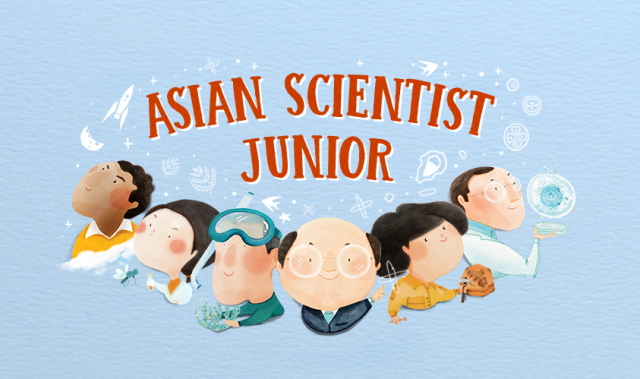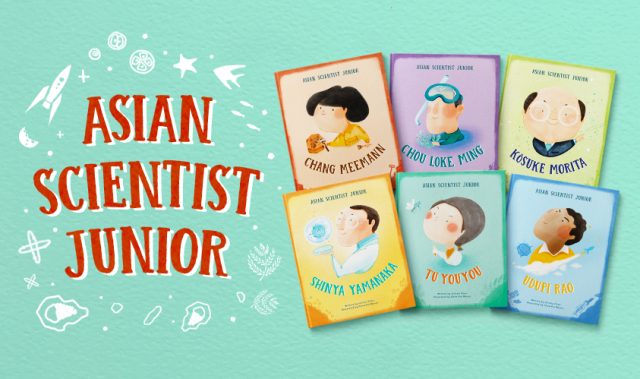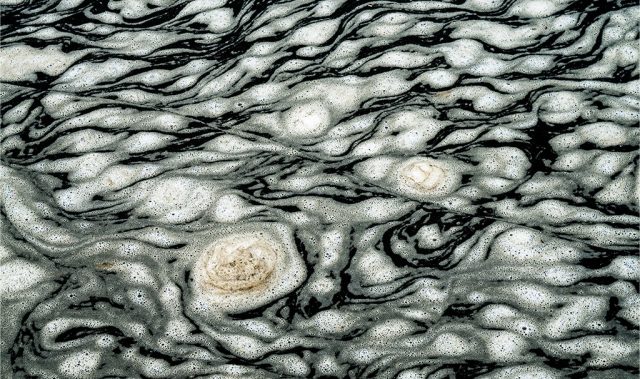
AsianScientist (Jul 2, 2014) – By Sandhya Sekar – A two-day seminar, titled When Science Meets the Public: Bridging the Gap, brought together Indian scientists and science communicators at the quiet, leafy campus of the National Institute of Advanced Studies (NIAS), in Bangalore. Since it involved open discussions about contentious technologies such as nuclear energy and GM crops, sparks flew sometimes, bringing to the fore the divide between scientists and journalists, but it also sparked hopes of bridging the gap.
There are many barriers to communicating science to the public in India: from lack of easily accessible information about research, to politics and sports overriding the news agenda. For a freelance science journalist like me, the seminar organised by veteran Indian science journalist Pallava Bagla, opened my eyes to other core issues.
What struck me was the general feeling among scientists that journalists looked at science and data differently, which emerged during talks by Srikumar Banerjee, former chairman of India’s Atomic Energy Commission, and Deepak Pental, former vice-chancellor of the University of Delhi and one of the country’s leading GM scientists.
Both Banerjee and Pental expressed their angst against journalists’ reports on their respective technologies. Scientists do not have the confidence that journalists can write factually accurate, and at the same time interesting articles. The popular perception is that journalists are out to sensationalise events and sell newspapers or increase television viewership, as the case may be. “Journalistic knowledge” and “”scientific knowledge” are different, said Banerjee.
Two of India’s seasoned science journalists–TV Jayan, science features editor with the Kolkata-based daily The Telegraph, and TV Padma, who took up the challenge of setting up SciDev.Net’s South Asia network in 2005 amidst massive doubts on whether serious science journalism could ever be practised through the Internet–took them head-on. They highlighted the enormous red tape and hassles they and their reporters continue to face from some Indian scientific departments.
Banerjee and Pental acknowledged that the cases cited by Jayan and Padma, ranging from rice paddies as carbon sinks to low-cost desalination technologies, did not warrant withholding of information.
Other challenges faced by Indian science journalists include the enormous pressure of deadlines, for both finding an interesting idea and writing it comprehensively, problems in accessing experts and information, and lack of mentoring for younger journalists. Institutes do not update the media about their research, and their efforts at communication are usually reactionary, in response to a crisis situation (a.k.a. negative press coverage).
Translation of complex scientific concepts into India’s 20 main languages and thousands of regional languages—only a small faction of India is comfortable with English–was also discussed at length.
The need for comprehensive surveys to get a sense of science communication in India, is a must, said Gauhar Raza from the National Institute of Science Communication and Information Resources (NISCAIR).
The last session brainstormed over a roadmap for science communication in India, chaired by K Vijay Raghavan, Secretary of the Department of Biotechnology. There was consensus that funding agencies should insist on a public outreach component to grants, and for incubator workshops for scientists and science journalists. Journalists called for a newswire service providing feeds about latest Indian research, maybe supported by one of India’s science academies.
Some good suggestions, and I hope the seminar actually leads to some concrete action.
——
Source: SciDev.Net.
Disclaimer: This article does not necessarily reflect the views of AsianScientist or its staff.












